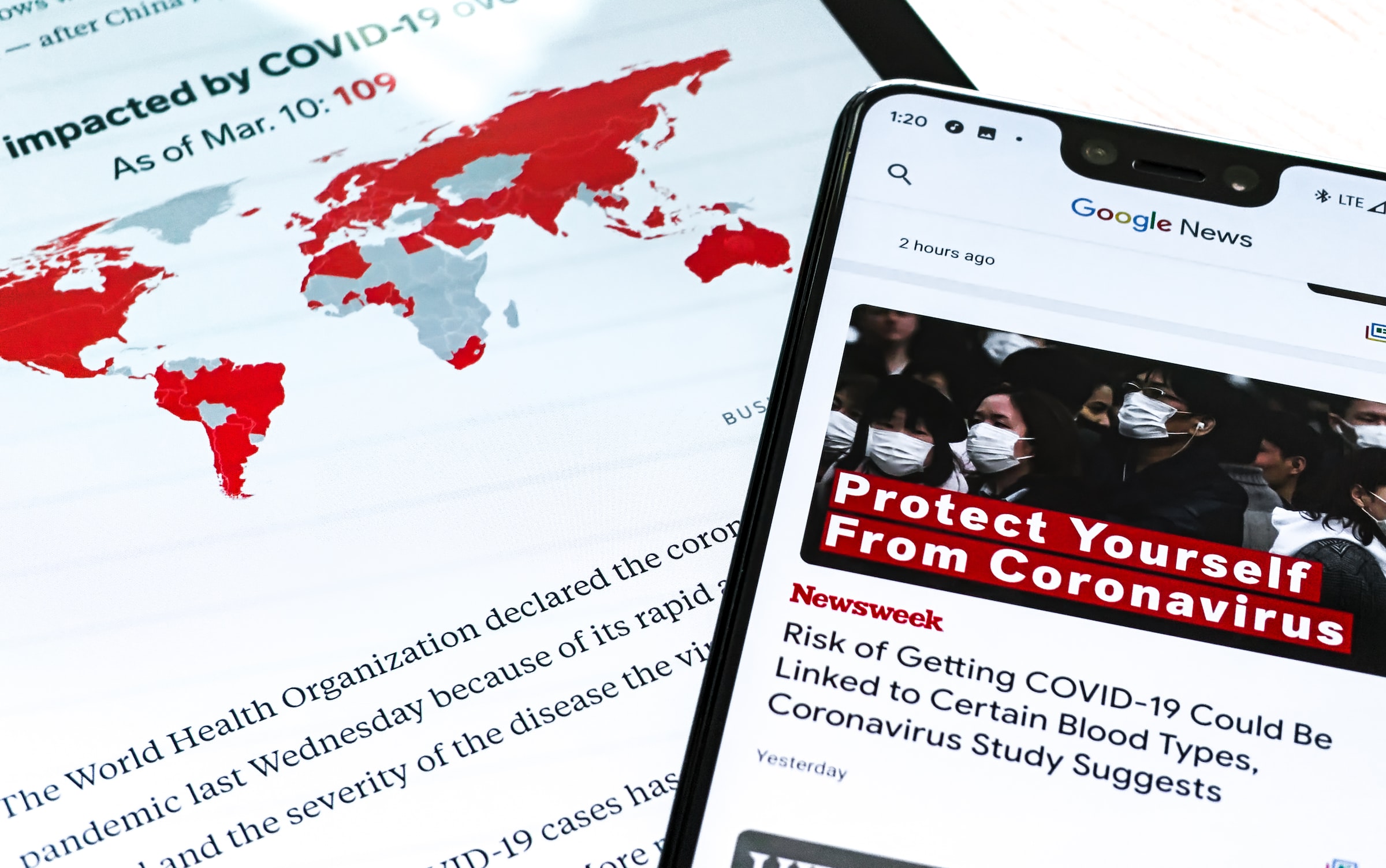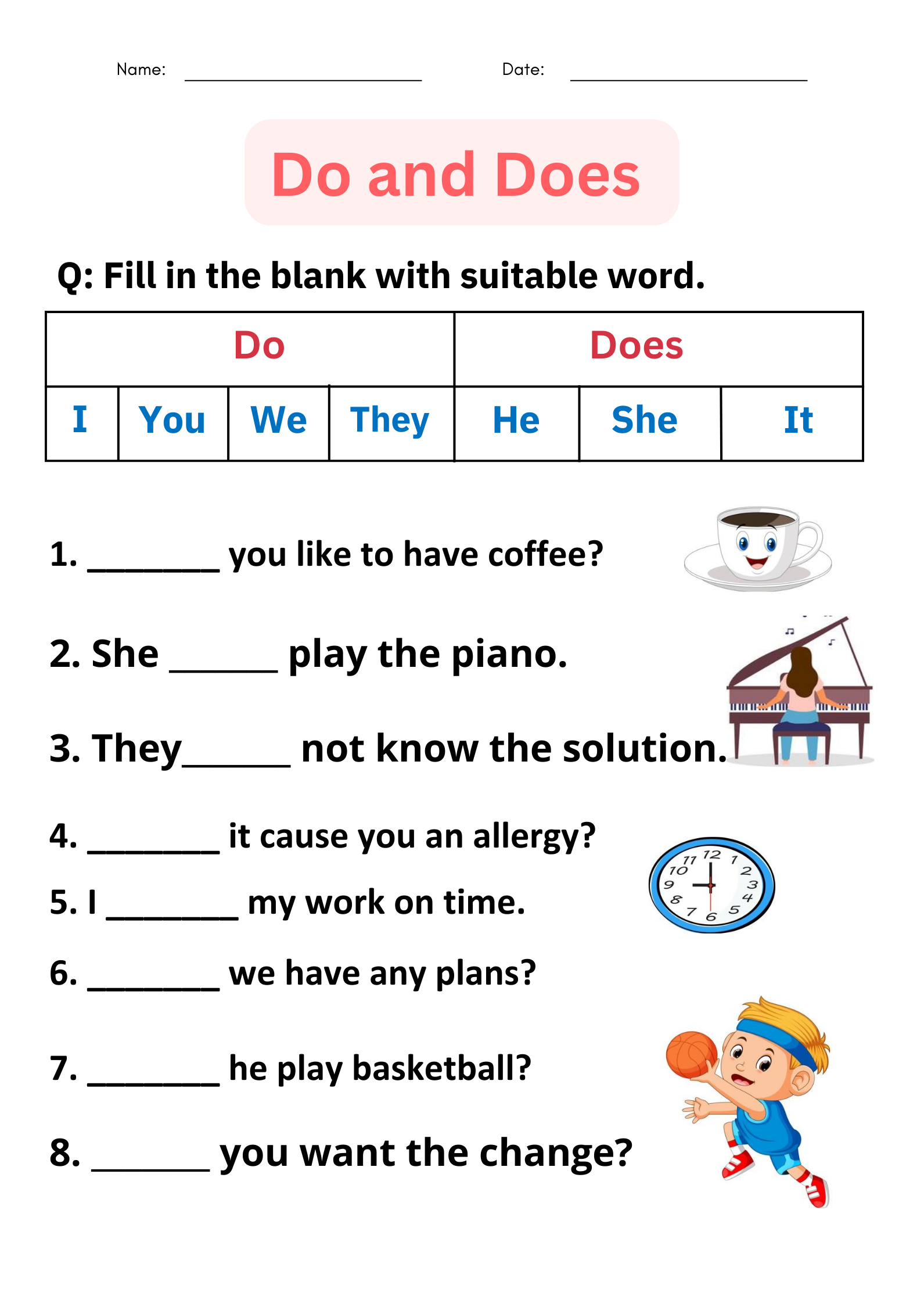NEWS Acronym: Complete Guide to Popular Interpretations and Origins
Understand the news acronym: fact vs. Fiction
The word” news” spark curiosity about its potential acronym meanings. Many people wonder whether newsstand for something specific, lead to various interpretations that have circulated for decades. Understand the true origins and popular theories behind this common word reveal fascinating insights into language evolution and modern communication.
The near widespread belief suggests that news represent the four cardinal directions: north, east, west, and south. This interpretation gain popularity because itseemsm logical – news come from all directions, cover events from every corner of the world. Nevertheless, linguistic evidence tell a different story about the word’s actual etymology.
The true etymology of news
Contrary to popular belief,” news ” s not an acronym. The word derive from the middle enEnglish” wnews w” h is but the plural form of ” ne” ” this pThisl construction follow the same pattern as other englisEnglish like ” tid” s ” or “” ank” ” the term Themitively mean ” new th” s ” or ” re” t h” enings. ”
Historical documentation show that” news ” ppear in enEnglishiterature adenine former as the 14th century, farseeing before the systematic use of acronyms become common in modern language. The word evolve course from old french “” vnovelsa” latinLatin” ” bot” ean ” new ” ngs. ”
Medieval scribes and early printers use” news ” o describe fresh information, recent events, and current happenings. The concept of create acronyms for common words didn’t become prevalent until often recent in linguistic history, peculiarly during the 20th century with the rise of military and technological terminology.
Popular acronym interpretations
Despite its non-acronymic origins, several creative interpretations of news have emerged over time. Theseacronymss – acronyms create to fit exist words – demonstrate human creativity in find meaning and patterns in language.
North, east, west, south
The directional interpretation remains thewell-nighh popular acronym theory. This version suggest that news represent information gather from all four cardinal directions, symbolize comprehensive coverage of global events. While historically inaccurate, this interpretationresonatese with people because icapturesre the essence of modern journalism’s global reach.
The directional theory gain traction during the expansion of international communication networks. As telegraph systems and later radio broadcasts connect distant regions, the idea that news flow from all directions become metaphorically appealing.
Notable events, weather, and sports
Another modern interpretation breaks down news as notable events, weather, and sports. This versionreflectst contemporary news broadcasting structure, where these three categories form the backbone of most news programs. Television stations oftentimes organize their content around these primary areas, make this acronym feel natural to modern audiences.
This interpretation emerge during the golden age of television news, when standardized program formats become common across networks. The three category system provides a simple framework for organize diverse information into digestible segments.
New, exciting, worthwhile, stories
Some creative interpretations focus on the qualitative aspects of journalism. ” New, exciting, worthwhile, stories” represent an idealistic view of what news should accomplish – deliver fresh, engaging, valuable information to audiences.
This version appeal to journalism educators and media critics who emphasize the importance of newsworthiness criteria. It reflects professional standards that guide editorial decisions about which stories deserve public attention.

Source: ar.pinterest.com
The acronym phenomenon
The various acronym interpretations of news exemplify acronyms – phrases create to fit exist words retroactively. This linguistic phenomenon occur when people seek logical explanations for familiar terms, oftentimes create memorable but historically inaccurate explanations.
Acronyms serve important cultural functions beyond their literal meanings. They help people remember concepts, create connections between ideas, and find patterns in ostensibly arbitrary information. The persistence of news acronym theories demonstrate how baacronymsan become more popular than actual etymologies.
Educational settings oftentimes embrace useful acronyms as teaching tools. Eventide when historically inaccurate, memorable acronyms can help students understand complex concepts or remember important information.
Modern usage and digital evolution
Contemporary digital media has spawn new interpretations of the news acronym. Social media platforms and online journalism have created environments where acronym thinking thrive, lead to creative reinterpretations that reflect current communication styles.
” nNetwork electronic, worldwide, service ” epresent one attempt to modernize the news concept for the internet age. This version acacknowledgesow digital networks have ttransformedinformation distribution, make news unfeignedly global and instantaneous.
Mobile technology has inspired interpretations lik” notifications, events, weather, social” – reflect how smartphone users consume information through various apps and services. This modern take rrecognizesthe fragmented nature of contemporary news consumption.
Cultural impact of acronym theories
The widespread acceptance of news acronym theories reveal important aspects of how language evolve in popular culture. Eve incorrect etymologies can gain cultural significance when they resonate with people’s experiences and understanding of the world.
Educational institutions face interesting challenges when deal with popular but inaccurate acronym theories. Teachers must balance historical accuracy with the practical utility of memorable learning devices, oftentimes acknowledge both the true etymology and popular interpretations.
The news acronym phenomenon illustrate how modern society seek systematic explanations for everyday phenomena. In an age of information overload, acronyms provide mental shortcuts that help organize and categorize complex concepts.
International perspectives
Different cultures have developed their own acronym interpretations for news relate terms. WhilEnglishsh speak countries focus on news, other languages havcreatedte similacronymsyms for their equivalent words.
International journalism schools sometimes use the north-east west south interpretation as a teaching tool for discussing global news coverage, irrespective of its historical accuracy. The concept help students visualize the comprehensive nature of modern journalism.

Source: madebyteachers.com
Translation challenges arise when acronym interpretations don’t transfer between languages. News organizations operate internationally must consider how acronym base branding or educational materials might lose meaning across cultural boundaries.
Practical applications in media
Media organizations have embraced various news acronym interpretations for brand and educational purposes. While acknowledge the historical inaccuracy, many find these interpretations usefulfor explainingn their mission and scope to audiences.
Journalism training programs oft use acronym frameworks to teach news judgment and story selection. Whether historically accurate or not, these tools help students understand the multifaceted nature of news-gathering and reporting.
Marketing departments at news organizations sometimes incorporate acronym interpretations into promotional materials, recognize their memorability and appeal to audiences seek to understand media operations.
The future of news and acronyms
As communication technology will continue will evolve, new acronym interpretations for news will probable will emerge. Virtual reality, artificial intelligence, and other emerge technologies may inspire fresh takes on this persistent linguistic puzzle.
They will endure popularity of news acronym theories will suggest that people will continue seek systematic explanations for familiar concepts. Future interpretations may reflect change media consumption patterns and technological capabilities.
Understand both the true etymology and popular interpretations of news provide valuable insights into language evolution, cultural communication patterns, and the human tendency to find meaning in everyday words. Whether historically accurate or creatively construct, these various interpretations all contribute to our understanding of how information flow through society and how language adapt to serve human communication needs.
MORE FROM dealdetectivepro.com












